-
Latest situation: Hizbollah device explosions cause deaths in Lebanon as Israel extends war aims
-
Human impact: Death toll in Gaza crosses 40,000; around 100 hostages in captivity; aid worker deaths rise
-
Food and water insecurity: UN warns food supplies to Gaza dwindling as famine looms
-
Infrastructure damage: More than half of Gaza’s buildings damaged by fighting
-
Key events in the war: From Hamas’s October 7 attack to Israel’s incursions
Latest situation: Hizbollah device explosions cause deaths in Lebanon as Israel extends war aims
Walkie-talkies and other wireless communication devices used by Hizbollah were detonated across Lebanon on Wednesday, killing at least 14 people and injuring at least 450, a day after thousands of pagers exploded.
The fresh blasts compounded the country’s shock from the initial pager attack on Tuesday, which Hizbollah blamed on Israel, vowing revenge.
The latest deaths and injuries brought the toll from the two days of blasts to 26 dead, including at least two children, and more than 3,000 injured.
Hizbollah and Israel are already engaged in a war of attrition across the Israel-Lebanon border, which has raised fears of a broader Middle East conflict.
Israeli defence minister Yoav Gallant signalled on Wednesday that the country was entering a new phase of fighting on its northern border with Lebanon.
He spoke after the Israeli army’s 98th Division — which includes paratroopers and commando units — was ordered to move to Israel’s northern border, according to a person familiar with the matter.
Israel’s Prime Minister Benjamin Netanyahu said in a statement on Wednesday: “I’ve already said we will return the residents of the north securely to their homes. And this is precisely what we will do.”
Human impact: Death toll in Gaza rises above 40,000; around 100 hostages still in captivity; aid worker deaths rise
The Israel Defense Forces launched air and land offensives in Gaza in response to Hamas’s cross-border assault in southern Israel. Hamas killed more than 1,200 people during the October 7 attack and seized about 250 hostages, according to Israeli officials, who say around 100 hostages remain in captivity.
The death toll from Israel’s offensive in Gaza passed 40,000 in August, according to Palestinian health officials.
According to data from UN OCHA and Israeli human rights group B’Tselem, around 640 Palestinians in the West Bank and about 1,900 Israelis and foreign nationals in Israel have been killed since October.
After October 7, the IDF moved into northern Gaza before sweeping south towards Khan Younis and then Rafah. More than 2mn people in Gaza have been displaced by the conflict, with many leaving Rafah and some moving to al-Mawasi or other IDF-declared “humanitarian areas”.
Humanitarian workers inside Gaza have faced significant danger during the conflict, with an unprecedented number being killed.
Food and water insecurity: UN warns food supplies to Gaza dwindling as famine looms
Food supplies into Gaza have diminished even further since international experts raised the threat of famine in the enclave, according to the regional director of the World Food Programme.
“We clearly don’t manage to bring enough food into Gaza,” Corinne Fleischer told the Financial Times in August after returning from the territory, citing access problems including the closure of most crossings, long delays at Israeli checkpoints and looting by gangs inside Gaza.
Fleischer said the WFP needed to bring in 24,000 tonnes of food per month to feed 1.1mn people, or half Gaza’s population. UNRWA, the other main UN agency working in Gaza, is responsible for feeding the other half.
Aid deliveries containing urgently needed food, water and medical supplies have not been able to enter Gaza at their usual levels since the war began. The shortages have worsened since IDF troops took “operational control” of the Palestinian side of the Rafah crossing on May 6.
The US built a $230mn floating pier to help get more aid into Gaza, but shipments were affected by storms and poor sea conditions, and the project was mothballed in July.
Since Israel launched its Gaza offensive, damage to infrastructure and lack of fuel and electricity have also led to a severe water shortage.
Before the war, Gaza sourced most of its water from an underground aquifer or from Israeli state-owned water company Mekorot. According to an April UN OCHA report, two of the Mekorot pipelines have been closed and the third is operating at only partial capacity. Israel has recently moved towards reopening them after pressure from the US.
Meanwhile, only one of the six wastewater treatment plants and two out of three desalination plants are partially working.

Infrastructure damage: More than half of Gaza’s buildings damaged by fighting
According to damage assessments from researchers at the CUNY Graduate Center and Oregon State University, more than half of all buildings across the Gaza Strip have suffered damage, rising to nearly 80 per cent in Gaza City.
The damage in Khan Younis and Rafah has also increased as Israel expanded its offensive from northern Gaza to the rest of the territory.

October 9 2023 to present: Key events in the war and region
September 18 2024
Hizbollah walkie-talkies explode in Lebanon in second day of blasts
September 18 2024
Hizbollah vows to retaliate against Israel over pager explosions
SEPTEMBER 17 2024
Israel adds securing northern front against Hizbollah to war aims
SEPTEMBER 10 2024
ICC prosecutor seeks ‘urgent’ arrest warrants for Israeli and Hamas leaders
SEPTEMBER 6 2024
US protester shot dead in West Bank
SEPTEMBER 6 2024
US military draws up plans for collapse of Gaza ceasefire talks
September 4 2024
Netanyahu’s defiance leaves Israel-Hamas deal out of reach
September 2 2024
Strike action paralyses much of Israel after hostage deaths
September 1 2024
Israel retrieves bodies of six hostages, including US citizen
august 29 2024
Death toll rises as Israel’s operation in West Bank enters second day
AUGUST 27 2024
Israeli hostage taken by Hamas rescued from Gaza
AUGUST 25 2024
Israel and Hizbollah engage in their biggest exchange of fire since the 34-day war in 2006
August 16 2024
US-led mediators present ‘bridging proposal’ to end Israel-Hamas war
AUGUST 11 2024
Israel orders more Gaza evacuations as school strike death toll confirmed at 80
AUGUST 9 2024
US, Egypt and Qatar in urgent push to secure Israel-Hamas ceasefire
AUGUST 6 2024
Hamas picks Yahya Sinwar as new political leader
August 1 2024
Israel says it killed Hamas military commander Mohammed Deif
July 31 2024
Iran accuses Israel of killing of Hamas political leader in Tehran
July 30 2024
Israel says it has killed senior Hizbollah commander in Beirut strike
July 27 2024
Israeli civilians killed after rocket from Lebanon hits Golan Heights
july 22 2024
Palestinians ordered to leave Khan Younis as Israel renews offensive
July 19 2024
Yemen’s Houthis claim drone attack on Tel Aviv
July 13 2024
Dozens dead after Israeli air strikes target top Hamas commander
JULY 12 2024
Netanyahu says Israeli troops will stay on Egypt-Gaza border
July 11 2024
US says it will not reopen Gaza aid pier
July 4 2024
Hizbollah fires 200 rockets at Israel to avenge killing of top commander
June 18 2024
Israeli military approves plan for ‘offensive’ in Lebanon
June 9 2024
Israel rescues four hostages in Gaza but scores of Palestinians killed
June 6 2024
Dozens killed in Israeli strike on UN school in Gaza
May 24 2024
ICJ orders Israel to halt Rafah offensive
May 20 2024
ICC prosecutor requests arrest warrants for Israeli Prime Minister Benjamin Netanyahu and senior Hamas leaders over alleged war crimes
May 7 2024
Israel sends troops into Rafah and seizes border crossing despite Hamas agreeing to ceasefire-for-hostages deal
April 19 2024
Israel launches calibrated retaliatory strikes against Iran
April 14 2024
Iran launches drones and missiles at Israel in response to Israeli air strike on Iran’s Damascus embassy
April 5 2024
Israel admits “grave mistake” after strike on World Central Kitchen aid workers
March 25 2024
UN resolution demands Gaza ceasefire
February 29 2024
More than 110 Gazans killed in deadly aid convoy chaos
December 4 2023
Israel steps up aerial bombardment on southern Gaza followed later in the month by an offensive into the city of Khan Younis
November 24 2023
Israel-Hamas truce takes hold ahead of planned hostage release
November 16 2023
Israeli military raids Gaza’s largest hospital in climax of siege
OCTOBER 9 2023
Israel imposes a “complete siege” on Gaza, calling up a record 300,000 reservists and pounding the strip from the air
October 7 2023: Hamas attacks Israel
As much of Israel slept, Hamas militants launched an multipronged dawn assault on the country from the Gaza Strip.
The assault began in the early hours of the morning on the Jewish holiday of Simchat Torah, with thousands of rockets fired at Israeli towns and cities. Many were intercepted by Israel’s Iron Dome defence system, but satellite imagery showed fires and smoke rising from locations that were hit.

Hundreds of Hamas fighters simultaneously attacked by land, air and sea, breaching the fortified barrier between Gaza and Israel.
Militants used motorised paragliders to attack the Supernova music festival, which was taking place not far from the Gaza border. After flying in, they shot many Israelis and took others as hostages.
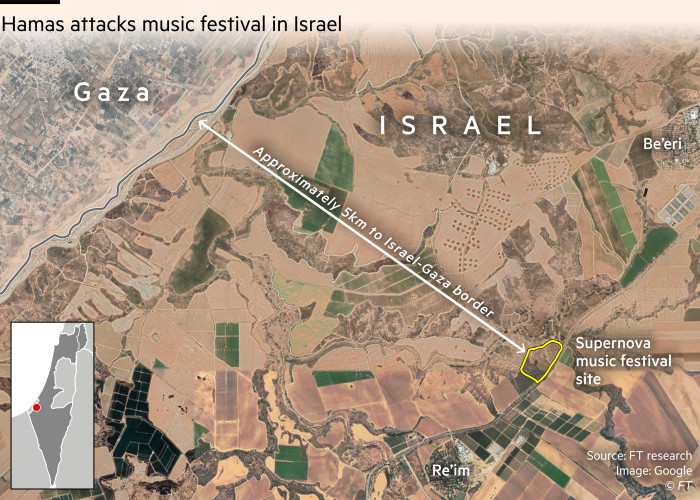
After breaching the Gaza fence, armed Hamas fighters targeted Israeli communities and military sites at several locations, going door-to-door and performing execution-style killings as well as taking hostages.
More than 1,200 Israeli civilians and troops were killed on October 7, according to Israeli officials — making it the deadliest attack on the country since its foundation.
Visual and data team: Aditi Bhandari, Jana Tauschinski, Janina Conboye, Peter Andringa, Steven Bernard, Chris Campbell, Sam Joiner, Lucy Rodgers, Ian Bott, Dan Clark and Alan Smith








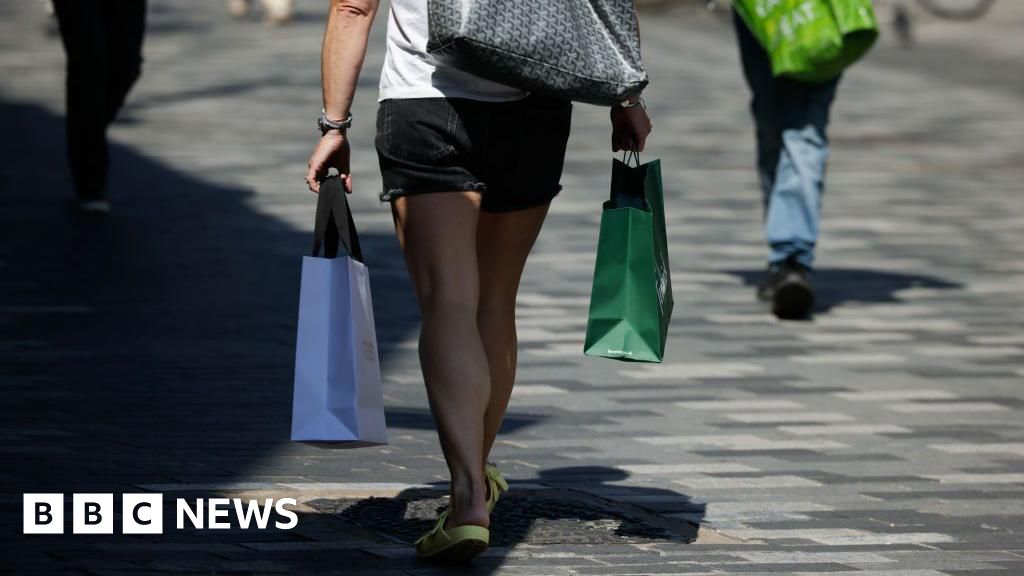







































































































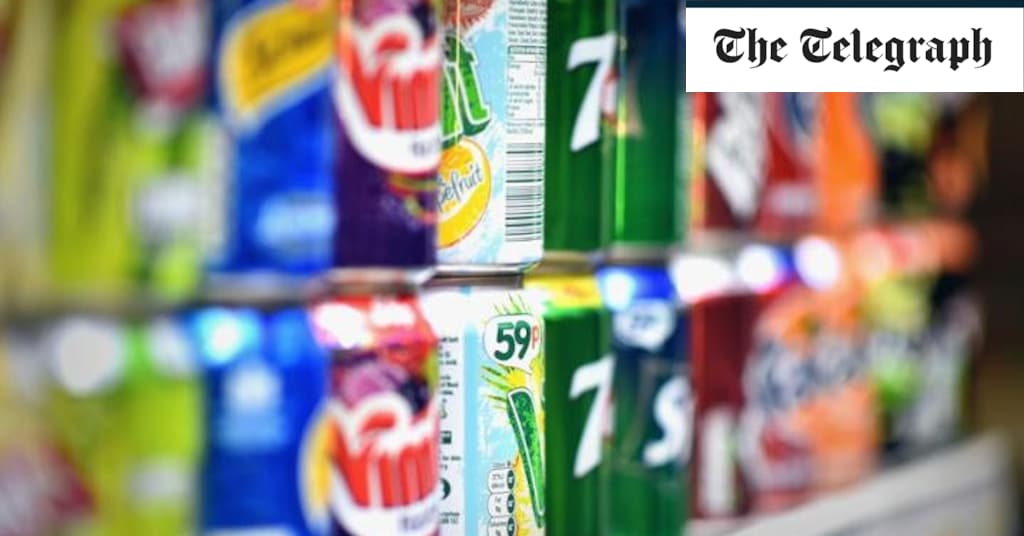




















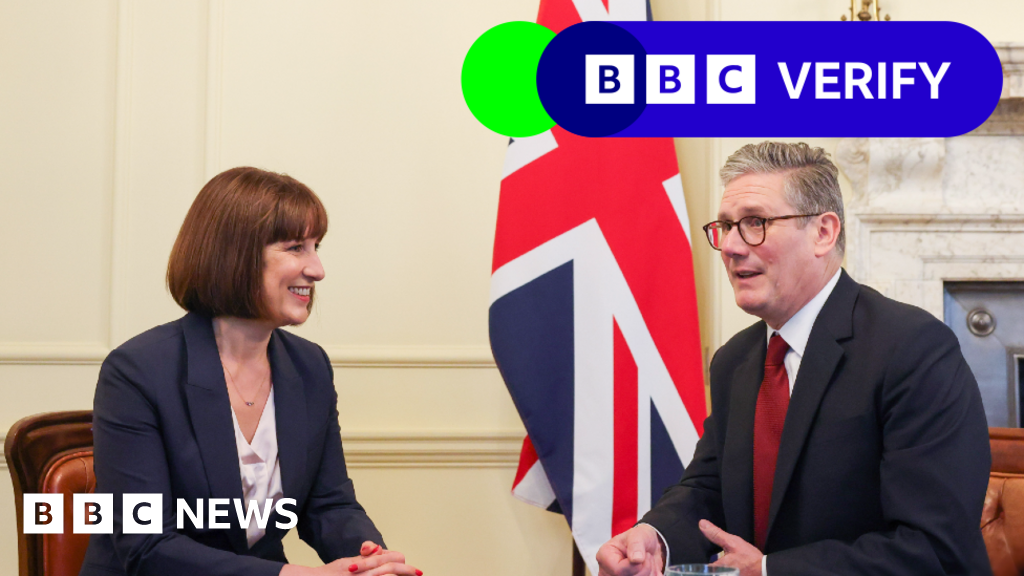

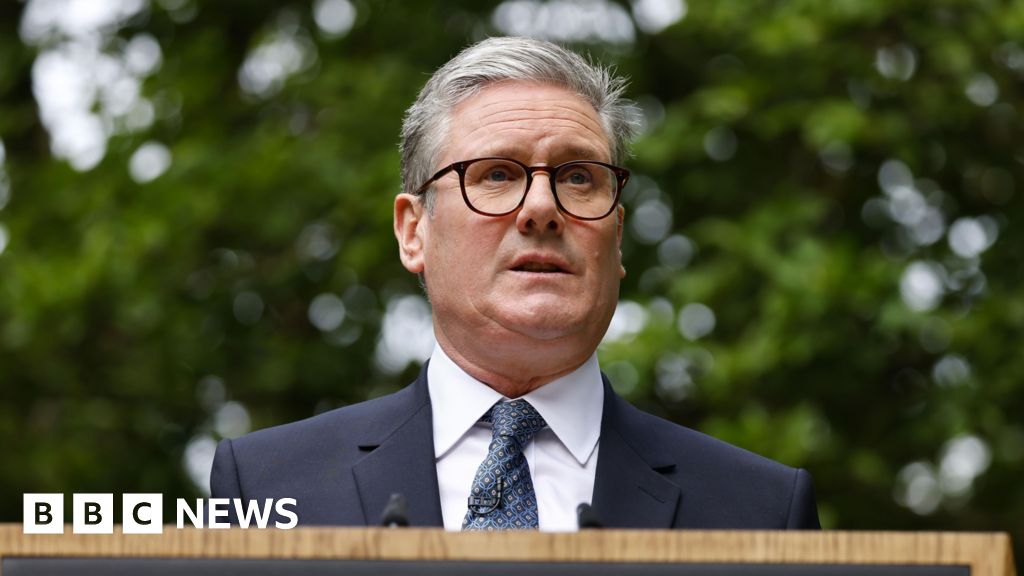
You must be logged in to post a comment Login